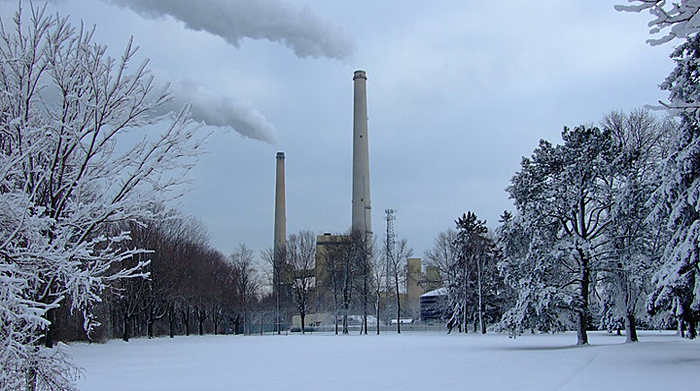Power Plant Winterization Tips to Maximize Reliability

Image courtesy of Austin Gruenweller under Attribution-NonCommercial-NoDerivs 2.0 Generic License, resized to 700 x 391 pixels.
Power plant winterization is a critical activity for utility companies. The good news is that many regulatory agencies have instituted new mandates that require utilities to identify weather-critical equipment and implement freeze-protection measures for this equipment. The bad news is that these measures have not yet become ubiquitous across the industry. What follows are some tips for making sure facilities, equipment and assets are as winter proof as possible.
The Nuts and Bolts of Power Plant Winterization
At the most simplistic level, any equipment that uses water must be protected from freezing, and any equipment not needed during cold weather operation should be drained and removed from service. Examples of such water-using equipment include water wash systems, inlet chillers and wet compression systems. Protection tactics include utilizing insulated heat tracing, adding a freeze inhibitor, and erecting wind barriers.
In addition, natural gas should be kept above 40 degrees F for proper nozzle operation and to minimize hydrocarbon and moisture condensation. Liquid fuels have similar temperature requirements. And while gas lines are typically located beneath freeze lines, it’s still always a good idea to insulate the main supply valve and filter drain lines.
Similarly, gas turbine inlets and bellmouths must be protected from excessive snow and ice accumulation. This could encompass placing a roof or hood over the equipment, installing coalescing filters, or adding a heating unit.
Turbines and generators should be protected by installing a heating unit in each enclosure, along with the strategic placement of doors and vents to reduce cold air intrusion. An additional measure may include putting turbines on a turning gear at below-freezing temperatures.
Further, all critical valves should be insulated, transmitters should be enclosed in protective boxes with a heat source, and water-using sensing lines should be heat traced and insulated. Pump air compressor drains should also be protected from freezing.
Finally, lube oil systems should have extra immersion heaters available in case of a cold-weather failure, and exposed lube oil lines should be insulated.
As you can see, power plant winterization is a necessary, but very complex, component of emergency preparedness. In the final analysis, maximizing reliability in the cold weather months requires your company to have the right level of in-house expertise to implement the necessary protective measures.



